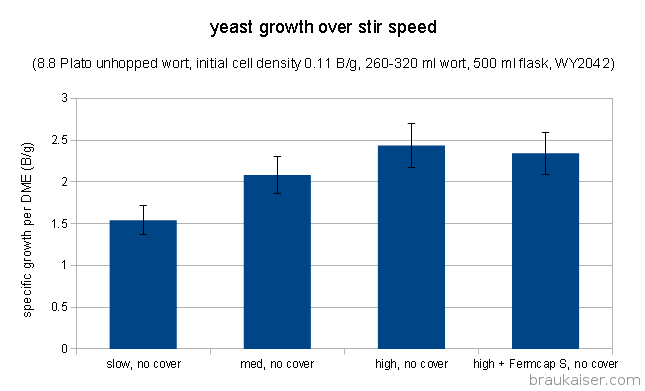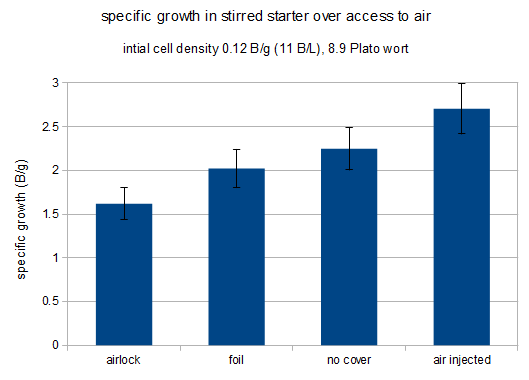brewstergalVT
Well-Known Member
- Joined
- May 3, 2016
- Messages
- 121
- Reaction score
- 36
Has anyone done an experiment of their own to compare a starter using a stir plate to one grown without a stir plate? I did a quick search and couldn't find anything though maybe the answer is buried in a thread.
I know the norm is to use a stir plate but I'm just wondering in the end if there really is a difference besides quicker growth.
Thoughts? Opinions? I'd love to hear them!!
I know the norm is to use a stir plate but I'm just wondering in the end if there really is a difference besides quicker growth.
Thoughts? Opinions? I'd love to hear them!!





